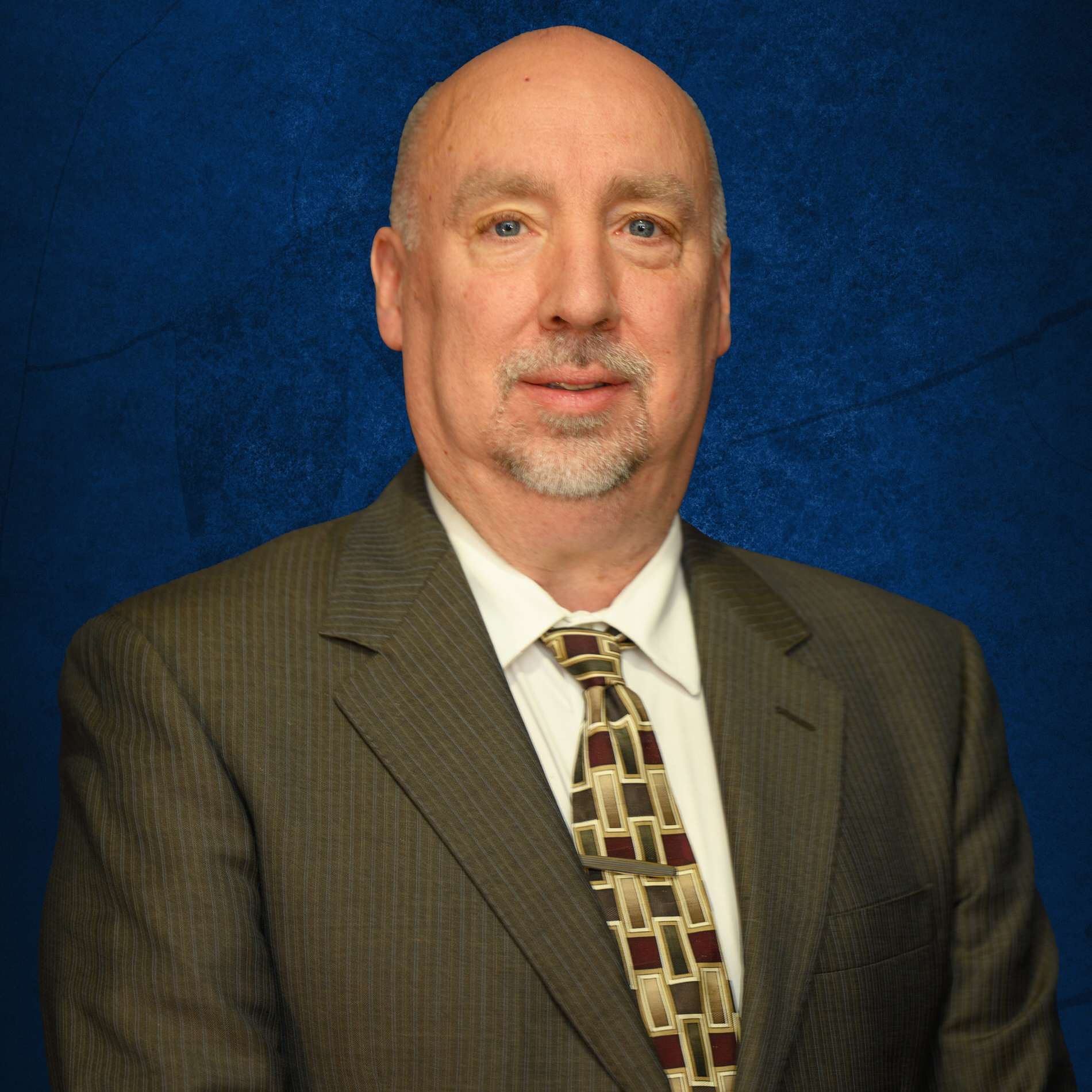For many, student loans are their biggest financial obligation. This might be the case whether you recently graduated from college or graduated years ago. For many years, student loans have been all but impossible to discharge in bankruptcy, even if they are the primary source of someone’s debt and financial struggles. There are difficult standards for people to meet to discharge their loans.
However, the extra layers of complexity involved in student loan discharges often place a burden on the courts. Those trying to discharge student loans typically have to demonstrate an undue hardship if they hope to succeed, and now the federal government has provided clear direction to streamline cases involving student loans and has issued guidelines intended to provide 80% of those having student loans with a partial or full discharge of their student loan obligations.
What three criteria determine if someone can potentially discharge their student loan debt?
1. Their current ability to pay.
One of the most important considerations when determining if student loan obligations represent an undue hardship is whether someone can reasonably make the required payments or not. When someone’s current financial situation is such that their loans pose an insurmountable financial obstacle, their inability to make even basic regular payments can influence whether the courts agree that continuing to make such payments would represent an undue hardship.
2. Their future ability to pay.
Someone could be in the middle of recovery from a medical issue that prevents them from working. However, in the next few years, they could potentially pursue gainful employment. A judge has to consider how likely it is that the person who owes student loan debt will be able to start making payments in the future.
Those with severe medical issues can potentially make a claim that they will not have the future ability to pay their loans in addition to not having the current ability to make payments.
3. Their good faith efforts at repayment.
Before someone can be eligible for student loan discharge, they must first establish that they intended to pay the loans back in good faith. The more payments someone has made and the more effort they put into resolving their student loan debt before filing for bankruptcy, the harder it would be for a lender to claim that they acted in bad faith.
If a student borrower has a history of missed payments or no payments whatsoever, the lender could potentially raise a claim that they took those loans on in bad faith without the intention of making payments.
Those who experience some kind of financial setback after school, such as an accident that will affect their work abilities, will have an easier time qualifying for the discharge of their student loans than those who are simply unhappy with the debt they face.
Tracking changes to federal bankruptcy rules and working with an experienced legal advocate can help you maximize your chances to seek a fresh financial start.






